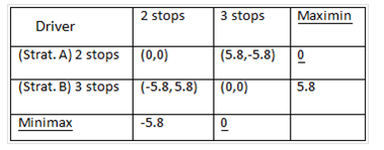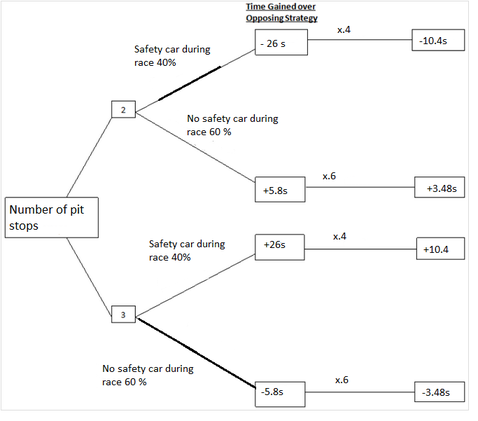Yachts bobbing gently in the harbour; girls in impossibly expensive swimsuits and thousands of horsepower galloping around the narrow streets of the world’s most glamorous street circuit. The Monaco Grand Prix is the blue ribbon event in the Formula 1 calendar. It attracts the glamour of the world’s intelligentsia as a thousand of F1’s new best friends descend on the principality, but from a purists point of view the tight and twisty streets provide little room for wheel to wheel racing.
From the economist’s angle it serves as the best example of the season in how strategy unravels and demonstrates that the event may not be won by the fastest driver. Strategy is key but there are certain factors to dial into the calculator before the teams go racing.
The chance of a safety car at Monaco, with its tight street circuit layout and zero run off area, is 80% - the highest of the year. This season the cars have less down force in the corners and slide about on corner exit much more than in the last 15 years so this is a factor to consider as any type collision with the barrier, no matter how minimal, will almost
certainly bring the safety car into play.
Best opportunity forgone: what is the game theoretically optimum strategy for the 78 lap Monaco GP?

If there is an 80% chance of a safety car period during the race a uniform distribution would tell us that there will be a 40% chance in the first half of the race (laps 1-39) and a 40% chance in the second (laps 40 – 78).
 Comparative versus absolute advantage.
Comparative versus absolute advantage. Based on the tyre time differential the optimum time to stop for a one stop strategy is between laps 27 and 30. The road has been resurfaced around the Monaco harbour and so it is unlikely that a one stop race will be on the cards. Since the appearance of the safety car would neutralise the race it essentially allows for a “free” pit stop to occur. This“free” pit stop is a unique scenario to Monaco as the track is so short at 3.34 km; the pit lane can be reached from the farthest point quicker than the safety car can gather the field allowing the leader to maintain track position provided the track is not blocked.

As can be seen in the game tree a two stop strategy is the best way to go.
The race played out as expected. A Mercedes one-two. The strategy of both Lewis Hamilton and Nico Rosberg was key to the race with the former having to apologise after the race for not 'following team orders'. We await the Canadian GP with anticipation especially now that we know the two Mercedes drivers "are not friends".
 RSS Feed
RSS Feed